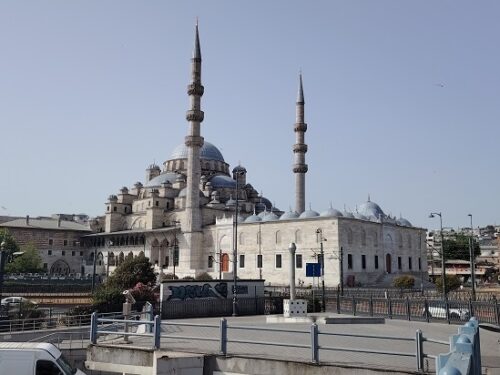
OTTOMAN IMPERIAL MOSQUES
Ottoman sultans or members of the imperial dynasty commissioned these monumental complexes. They were usually constructed as külliye, multi-functional complexes centred on a mosque, surrounded by madrasas, kitchens, baths and other charitable institutions serving the community.
The great imperial architect Mimar Sinan, master architect of the Ottoman Empire for nearly 50 years, designed many of the still-standing külliye in Istanbul. He set the standard for mosque and complex architecture.
Imperial mosques were also built in other Ottoman cities, including Bursa, Edirne, Konya, Amasya, Manisa and even Damascus.
YENI MOSQUE
Without a doubt, the Yeni Mosque in Eminönü is one of Istanbul’s most recognisable landmarks. Its construction began in 1597, initiated by Safiye Sultan.
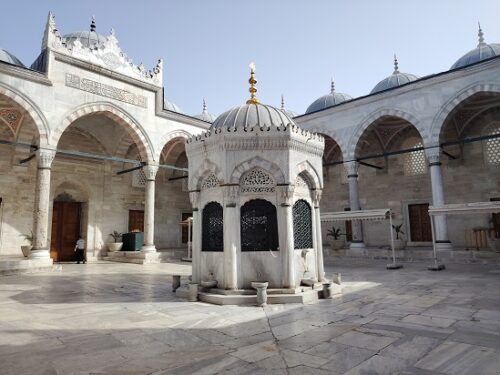
Her decision to commission a grand mosque in Eminönü was both religious and strategic. She aimed at asserting Islamic authority in what was then a predominantly Jewish neighbourhood. Such initiatives were common during the Ottoman period, when mosque building was often employed as a means of urban transformation and religious consolidation.
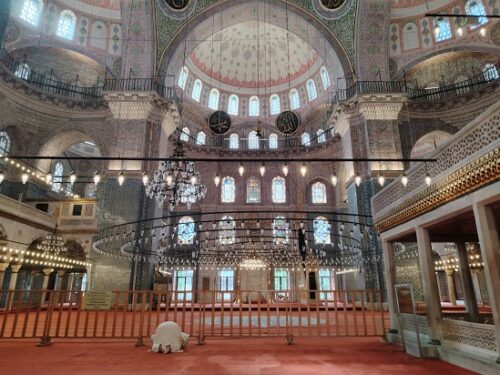
However, the project faced significant setbacks. Following the death of Sultan Mehmed III in 1603, Safiye Sultan lost her political power. The new ruler, Sultan Ahmed I, abandoned the unfinished mosque. His attention and imperial resources were redirected to a new and grandiose project – the construction of the Blue Mosque.
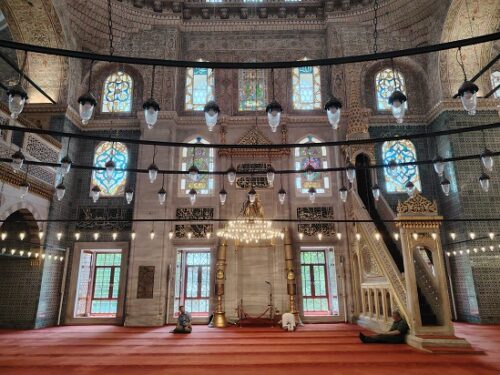
As a result, the partially completed mosque fell into neglect. Over time, the abandoned structure deteriorated. The Great Fire of Istanbul in 1660 inflicted further damage, reducing what remained of the mosque to ruins.
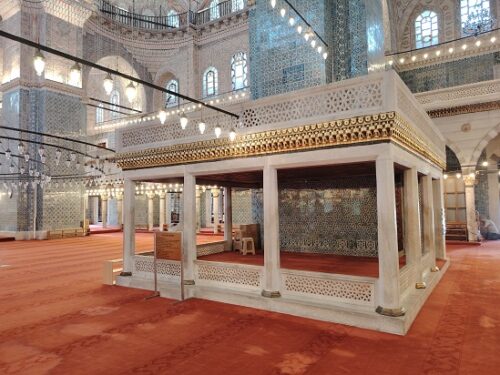
It was in this same year, 1660, that the imperial architect Mustafa Ağa proposed resuming construction to Turhan Hatice Sultan, the powerful Valide Sultan of the reigning Sultan Mehmed IV. She agreed to complete the long delayed project and also commissioned the construction of the Spice Bazaar, as part of a larger imperial complex.
The mosque was finally completed and opened for worship in 1665, nearly seven decade after construction had originally started. It was initially named the Yeni Valide Sultan Mosque, but over time became commonly known simply as the Yeni Mosque.
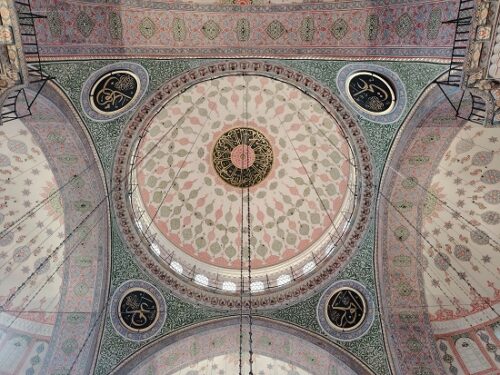
When I visited Istanbul in 2019, the mosque was undergoing extensive restoration. Only a small section was accessible for daily prayers and tourist could not enter.
On my visit in 2024, I had the opportunity to see the mosque in its fully restored glory.
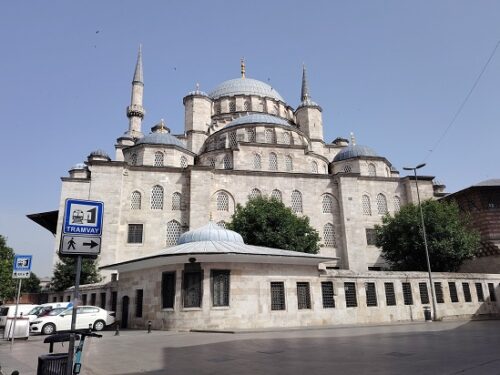
SULTAN’S PAVILION
Directly behind the mosque stands the Sultan’s Pavilion (Hünkâr Kasrı), a private structure built to allow the sultan to attend prayers without mixing with the public. A long, enclosed corridor, visible from outside, provided a secure and discreet passageway from the pavilion to the mosque.
The pavilion is reportedly adorned with exquisite Iznik tiles, a hallmark of Ottoman decorative art and a testament to the artistic sophistication of the period.
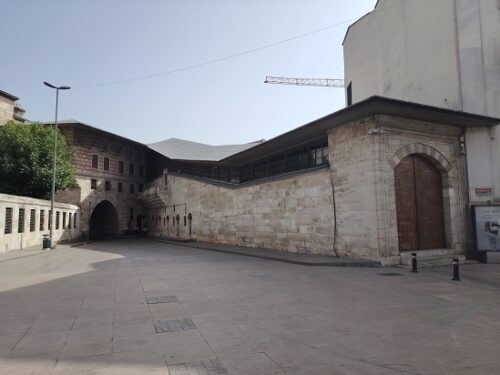
EGYPTIAN SPICE BAZAAR
The Spice Bazaar, constructed simultaneously with the mosque, is one of the most important components of the complex. Known in Turkish as Misir Çarşısı, its name reflects its historical funding source. Revenues from the Ottoman Eyalet of Egypt (Misir means Egypt in Turkish) were allocated to finance its construction. This connection gave the bazaar its name and it also illustrates the vast geographic reach of the Ottoman economy.
Today, it remains the second largest covered market in Istanbul, surpassed only by the Grand Bazaar. It continues to serve as the city’s main destination for the spice trade.
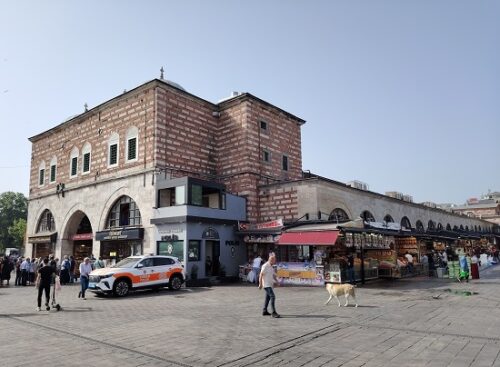
TURHAN HATICE SULTAN MAUSOLEUM
Turhan Hatice Sultan passed away in 1683 in the city of Edirne which, at the time, served as the Ottoman Empire’s secondary capital. Her body was transported back to Istanbul, where she was buried in a mausoleum next to the Yeni Mosque.
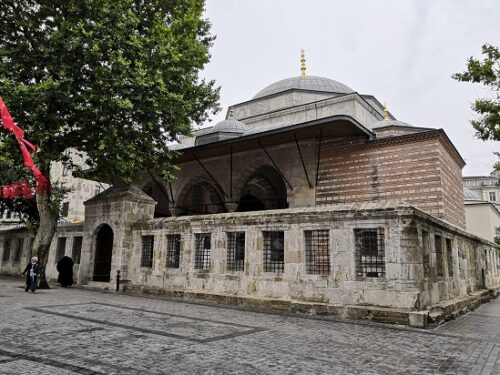
This tomb eventually became the resting place for six Ottoman sultans – Mehmed IV, Mustafa II, Osman III, Ahmed III, Mahmud I and Murad V – along with various other members of the imperial family.
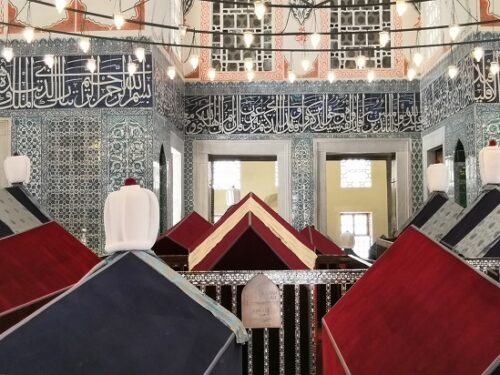
In total, 82 individuals are buried within this space, making it both a religious site and a royal necropolis of great historical significance.
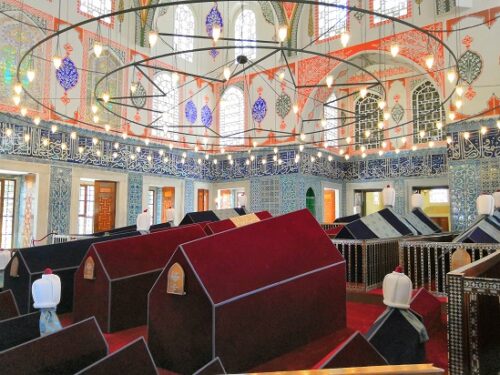
UNMISSABLE YENI MOSQUE
It goes without saying that, if you are visiting Istanbul, this mosque should be on your list. Thanks to its superb location by the Galata Bridge on the Golden Horn, it’s a structure that everyone sees just by crossing the bridge.
But, I am not sure that every tourist actually goes inside. I visited it twice during my latest stay in Istanbul. Both times, the mosque was almost empty, with only a few worshippers inside.
The mosque has a fascinating history. Perhaps, if more people knew about it, they would be more inclined to visit.
Back to Turkey


